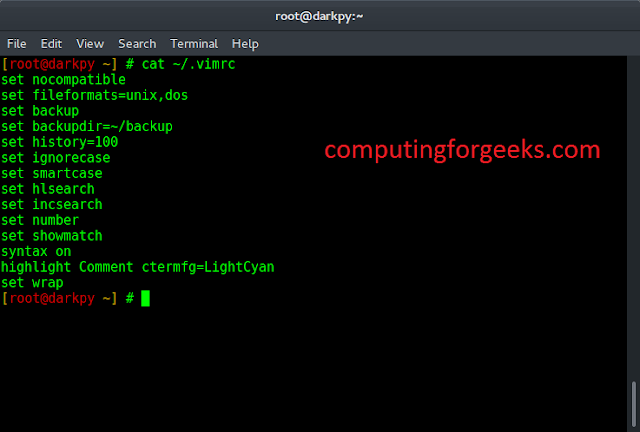Given an integer N. The task is to find the sum upto N terms of the given series:
3, -6, 12, -24, … upto N terms
Examples:
Input : N = 5 Output : Sum = 33 Input : N = 20 Output : Sum = -1048575
On observing the given series, it can be seen that the ratio of every term with their previous term is same which is -2. Hence the given series is a GP(Geometric Progression) series.
You can learn more about GP series here.
So, when r < 0.
In above GP series the first term i:e a = 3 and common ratio i:e r = (-2).
Therefore, .
Thus, .
Below is the implementation of above approach:
C++
//C++ program to find sum upto N term of the series:// 3, -6, 12, -24, .....#include<iostream>#include<math.h>using namespace std;//calculate sum upto N term of seriesclass gfg{ public: int Sum_upto_nth_Term(int n) { return (1 - pow(-2, n)); }};// Driver codeint main(){ gfg g; int N = 5; cout<<g.Sum_upto_nth_Term(N);} |
Java
//Java program to find sum upto N term of the series:// 3, -6, 12, -24, .....import java.util.*;//calculate sum upto N term of seriesclass solution{static int Sum_upto_nth_Term(int n){ return (1 -(int)Math.pow(-2, n));}// Driver codepublic static void main (String arr[]){ int N = 5; System.out.println(Sum_upto_nth_Term(N));}} |
Python
# Python program to find sum upto N term of the series:# 3, -6, 12, -24, .....# calculate sum upto N term of seriesdef Sum_upto_nth_Term(n): return (1 - pow(-2, n))# Driver codeN = 5print(Sum_upto_nth_Term(N)) |
C#
// C# program to find sum upto // N term of the series:// 3, -6, 12, -24, .....// calculate sum upto N term of seriesclass GFG{static int Sum_upto_nth_Term(int n){ return (1 -(int)System.Math.Pow(-2, n));}// Driver codepublic static void Main(){ int N = 5; System.Console.WriteLine(Sum_upto_nth_Term(N));}}// This Code is contributed by mits |
PHP
<?php// PHP program to find sum upto// Nth term of the series: // 3, -6, 12, -24, ..... // calculate sum upto N term of series function Sum_upto_nth_Term($n) { return (1 - pow(-2, $n)); } // Driver code $N = 5; echo (Sum_upto_nth_Term($N)); // This code is contributed// by Sach_Code?> |
Javascript
<script>// Java program to find sum upto N term of the series:// 3, -6, 12, -24, .....// calculate sum upto N term of seriesfunction Sum_upto_nth_Term( n) { return (1 - parseInt( Math.pow(-2, n)));}// Driver code let N = 5; document.write(Sum_upto_nth_Term(N));// This code is contributed by 29AjayKumar </script> |
33
Time Complexity: O(logn), where n is the given integer.
Auxiliary Space: O(1), no extra space is required, so it is a constant.
Ready to dive in? Explore our Free Demo Content and join our DSA course, trusted by over 100,000 neveropen!




